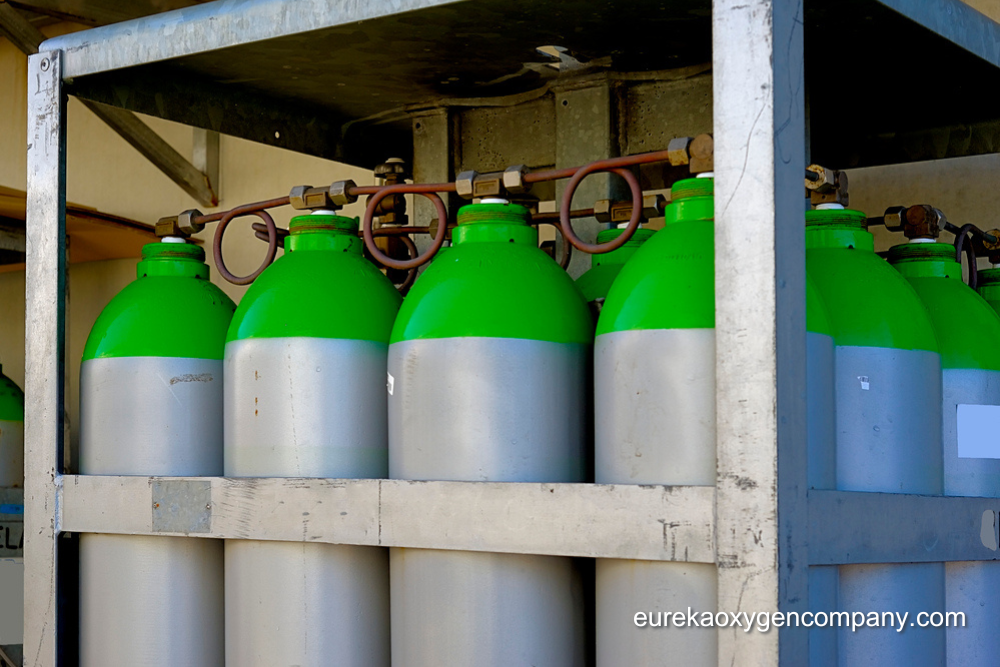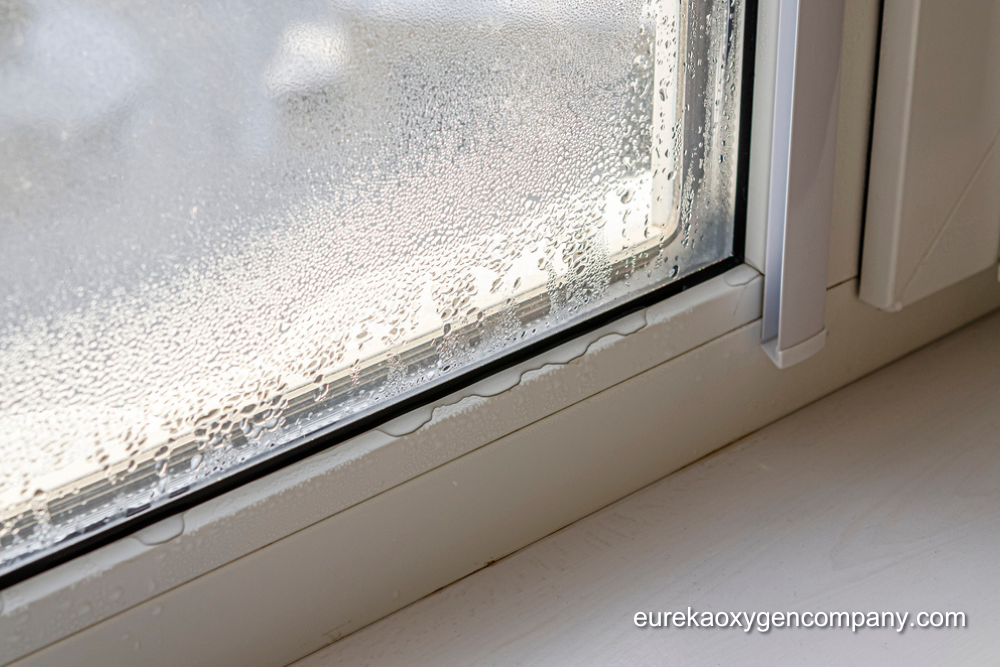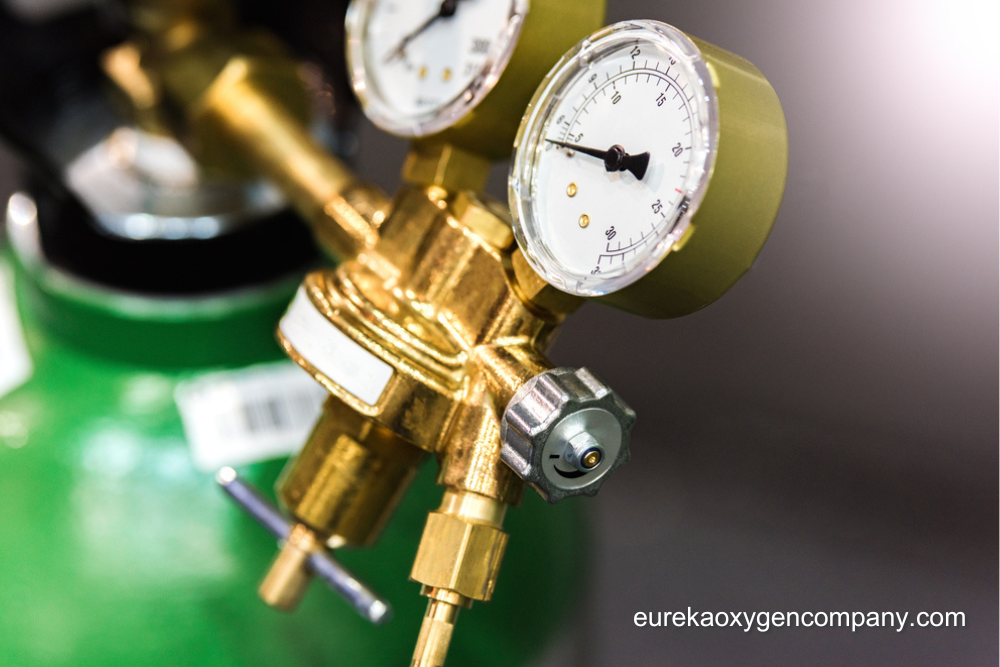All you need to know about shielding gas and seasonal temperature changes to keep your welding efficiency and quality in optimal conditions
Welding is a precise craft that relies heavily on the science behind gases to ensure excellent results. As seasons change, variations in temperature and humidity can influence the unique properties of shielding gases, impacting the overall weld quality of your work.
In this post, we’ll talk about the science of gasses and their behavior in different temperatures, as well as some practical solutions to prevent common temperature-related issues such as porosity.

Cold temperatures increase gas density which leads to under-shielding and porosity issues. On the other hand, warm weather can cause gasses to expand, affecting your weld quality.
As a welder, you must understand the relationship between gasses and temperature to ensure your work is safe and ends up looking how you want it to look.
Impact on Shielding Effectiveness
As seasonal temperatures affect your weld quality, it is crucial to combat this with appropriate measures, such as adjusting your gas flow rate.
In winter, denser gasses have a hard time properly covering the weld pool, which leads to high risks of porosity and contamination. To prevent this, you can adjust your shielding gas mixture or increase your gas flow rate to compensate for the decreased coverage.
Welding in warm weather can also bring new challenges, such as gas expansion. The excess shielding gas creates turbulence, affecting weld beads and the overall appearance and integrity of your work. Make sure you have an appropriate gas flow rate for the warm season to keep your weld quality in optimal conditions.
Humidity’s Impact On Gas Behavior

Humidity is another factor to consider when welding, and perhaps one of the most important ones. Moisture in the air can compromise the mechanical properties of the weld, thanks to the presence of hydrogen, which leads to increased brittleness.
The dew point (a measure of air humidity) becomes crucial when dealing with shielding gasses. Monitoring and managing air humidity can help you prevent common humidity issues that compromise your welding efficiency and quality.
Each gas has a specific dew point consideration, in which if it drops below its humidity point, moisture can accumulate in the welding system, in the form of condensation. As you may know, condensation is a major threat to shielding gasses since it can react to certain elements of the gas and lead to the formation of unwanted byproducts.
There are a few things you can do to prevent dew point-related issues, such as:
- Invest in gas dryers to remove moisture from shielding gas.
- Regularly monitor the dew point of shielding gasses with a special device (dew point meter).
- Weld in a controlled environment, with proper ventilation and air circulation to prevent moisture from forming.
Practical Solutions To Common Gas Issues Related To Temperature

You cannot control the weather, but there are some things you can do to prevent common temperature-related issues that affect the natural state of your shielding gasses, such as:
- Storing your gasses appropriately. Store your cylinders indoors to prevent gas condensation and ensure they maintain a consistent pressure. Further, consider preheating the cylinders before using them in cold weather to ensure a steady gas flow.
- Adjusting your flowmeter. Adjust your gas flow rates according to the temperature and requirements of the specific shielding gas you’re using. Cold weather may require an increased flow rate to compensate for the higher gas density, while warm temperature may need other adjustments to prevent over-shielding.
- Considering the dew point. As we explained in the previous section, the dew point plays a key role in moisture-related issues. Use gas dryers to remove moisture and keep the integrity of the gas to minimize hydrogen-induced defects in your weld.
Final Words
Understanding the relationship between temperature and the unique properties of shielding gasses can help you optimize your welding performance. Being aware of temperature changes and their consequences is key to maintaining a consistent welding quality throughout the year. For reliable supplies of shielding gasses and expert advice on combating seasonal challenges, contact Eureka Oxygen. We proudly serve from the Golden Gate Bridge to Gold Beach, OR. We are committed to helping you achieve consistent, high-quality welds year-round.

